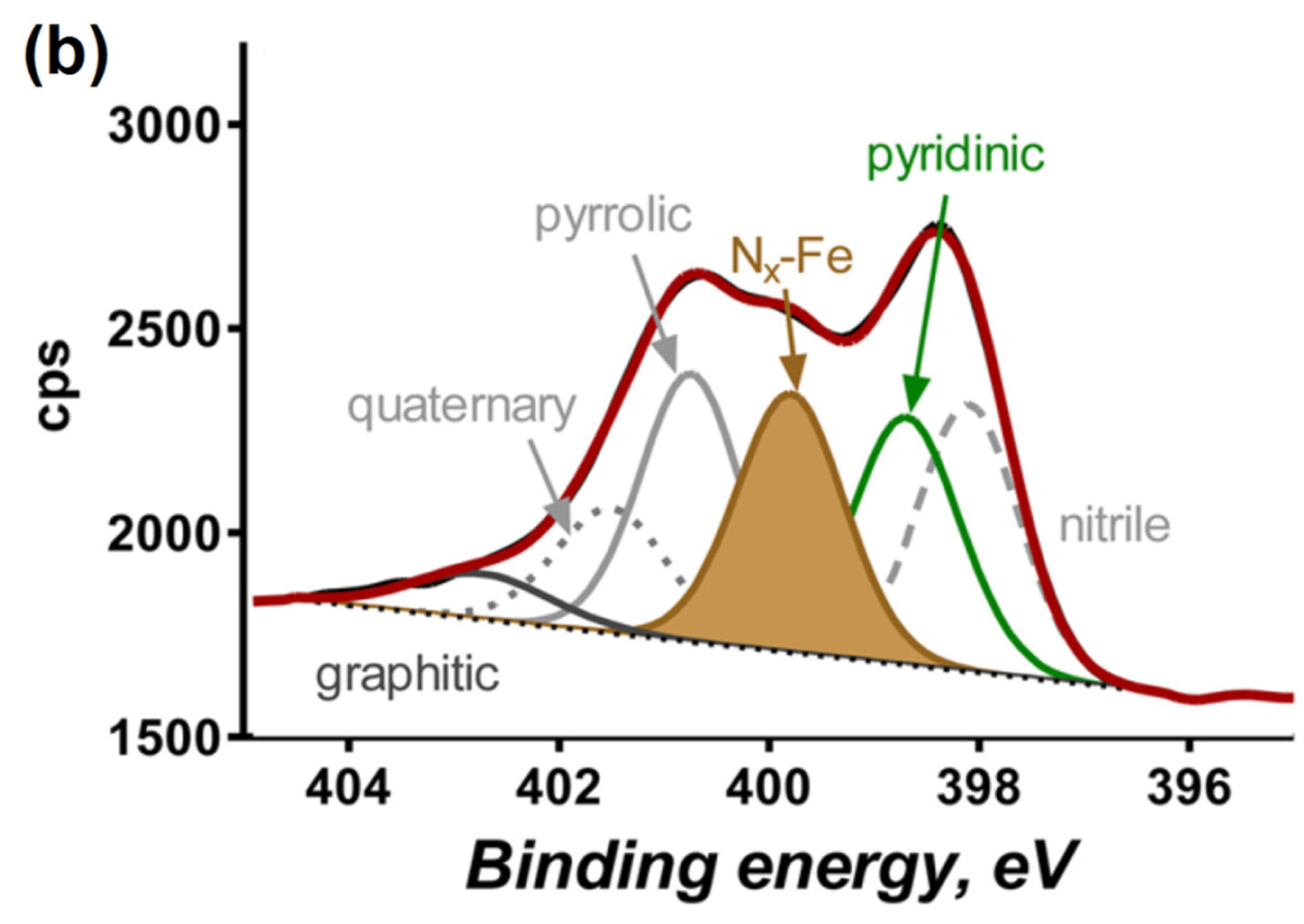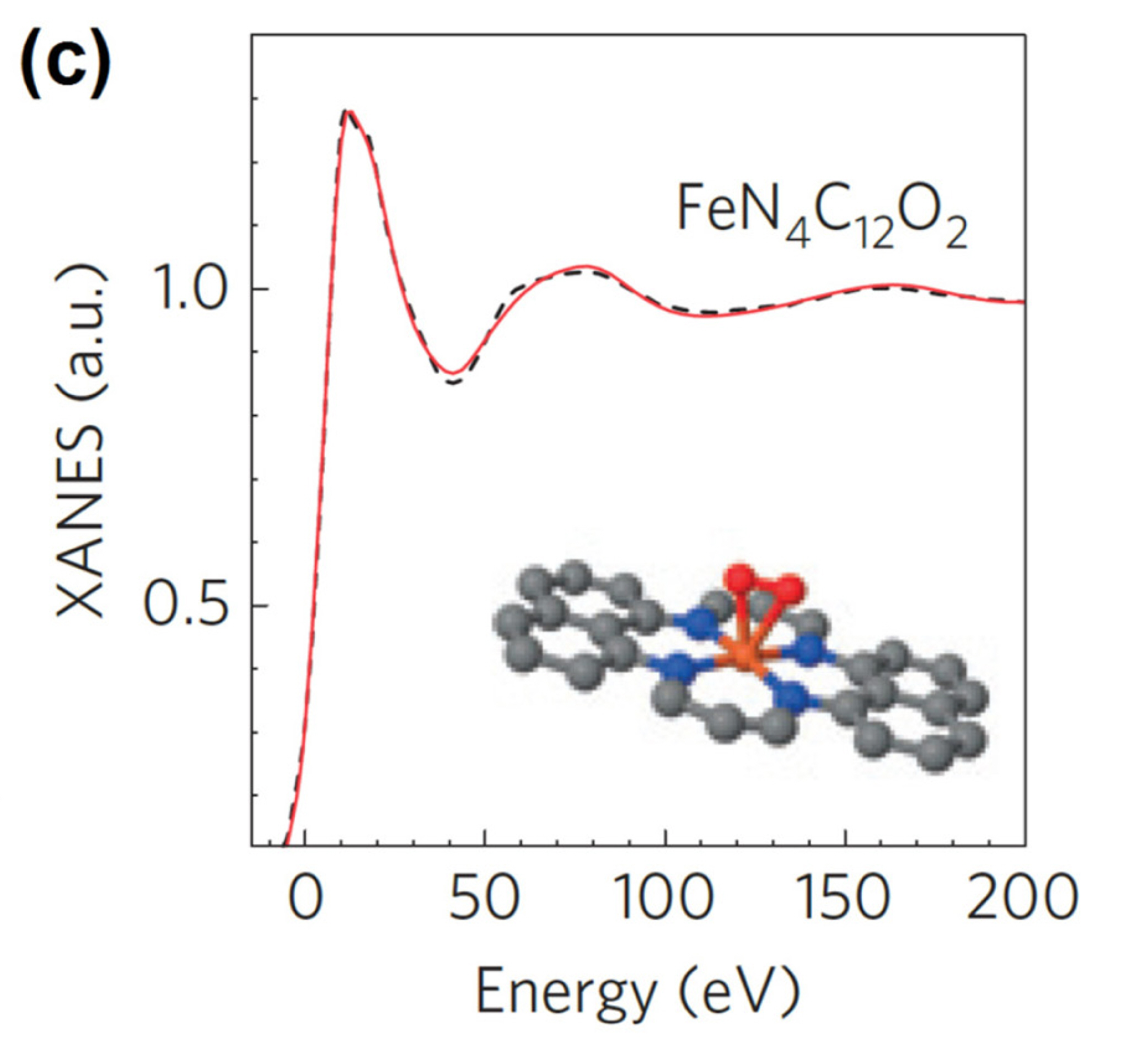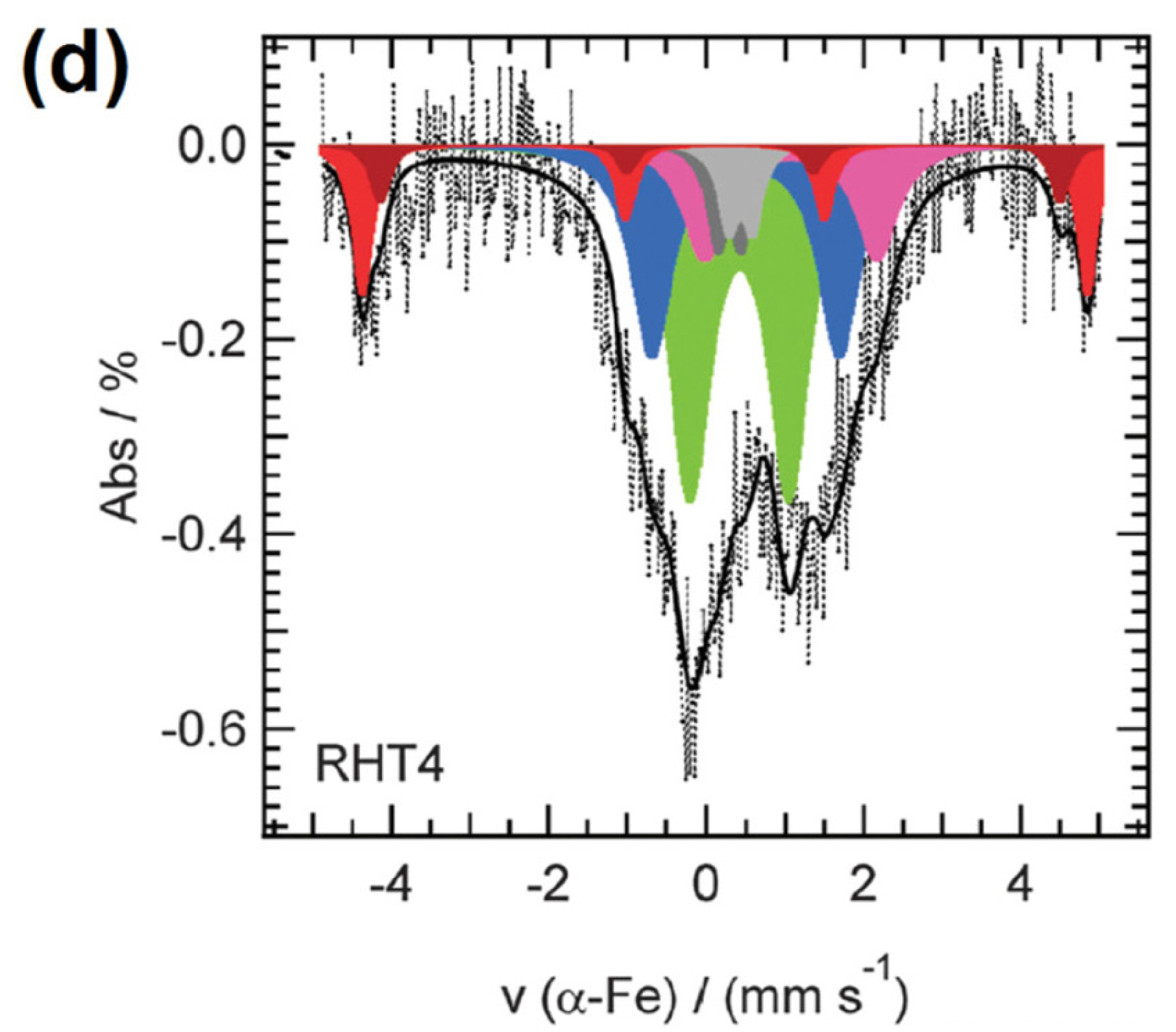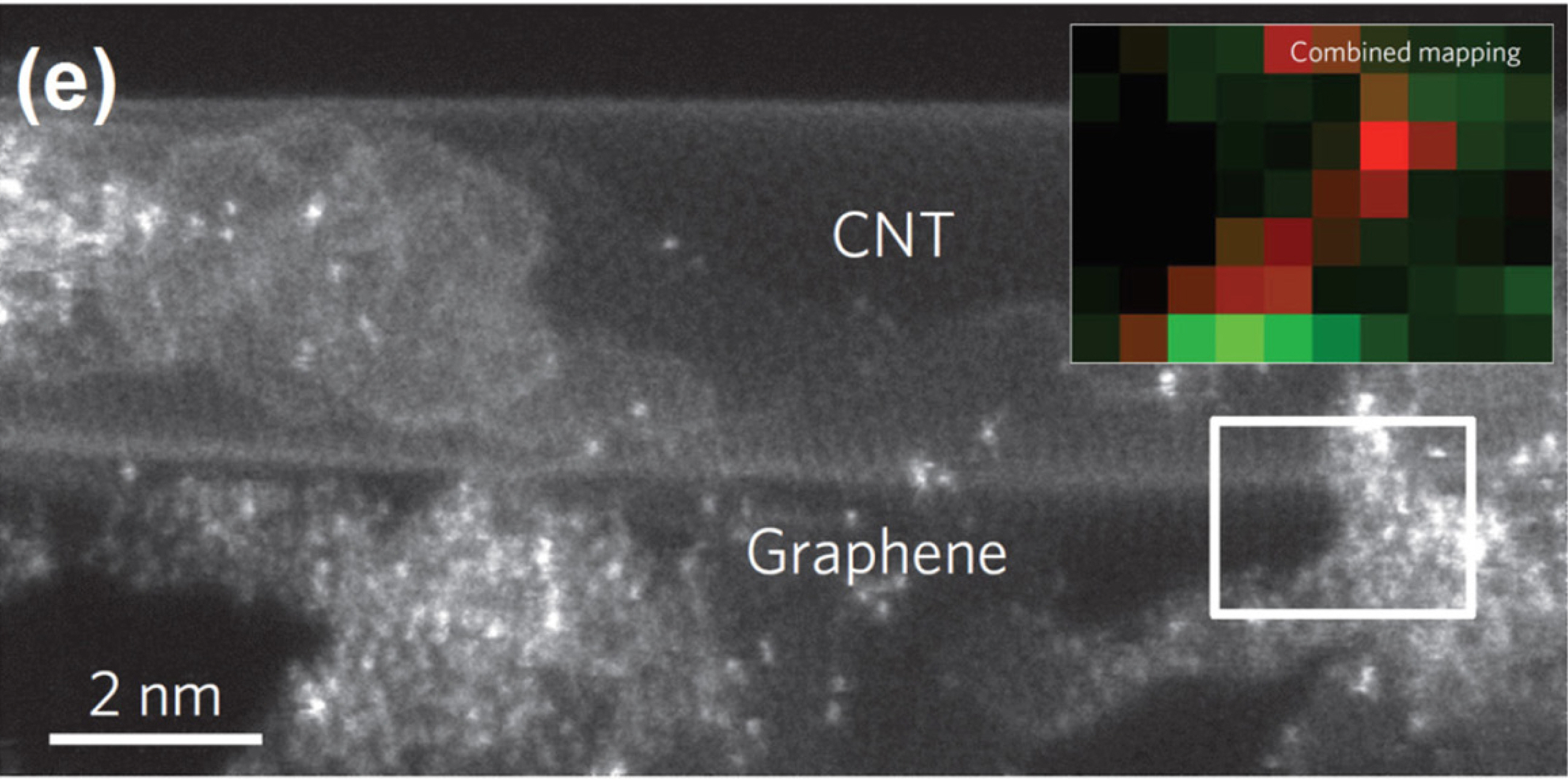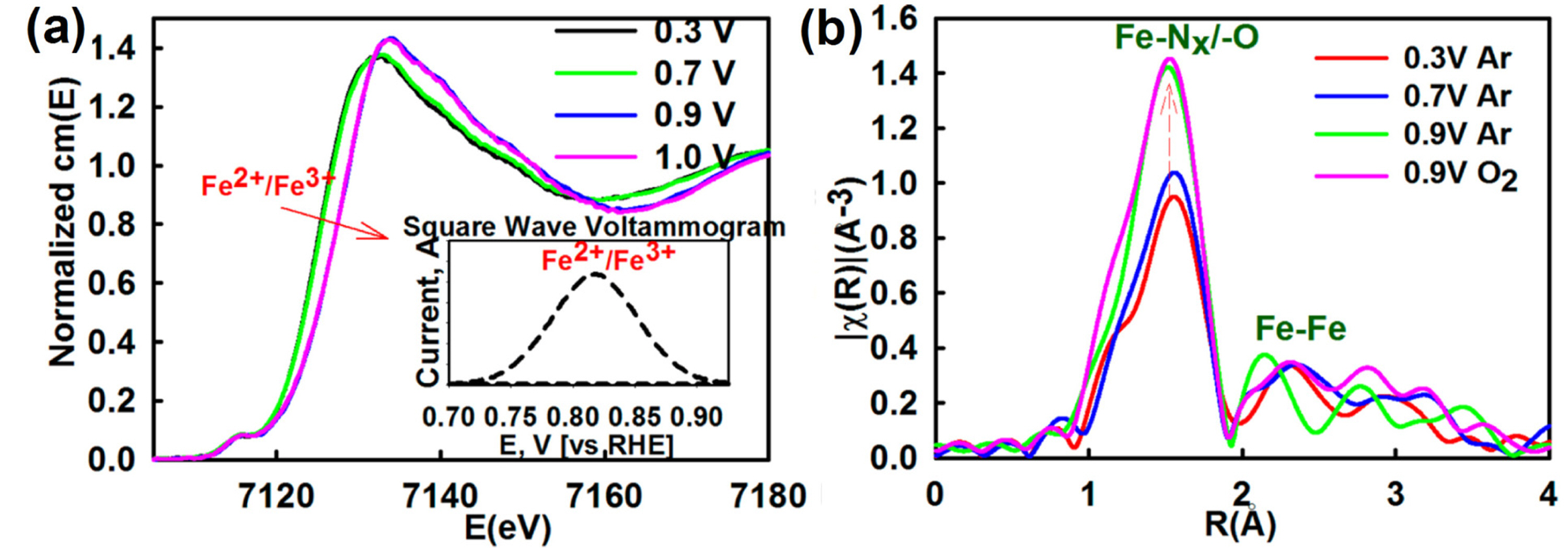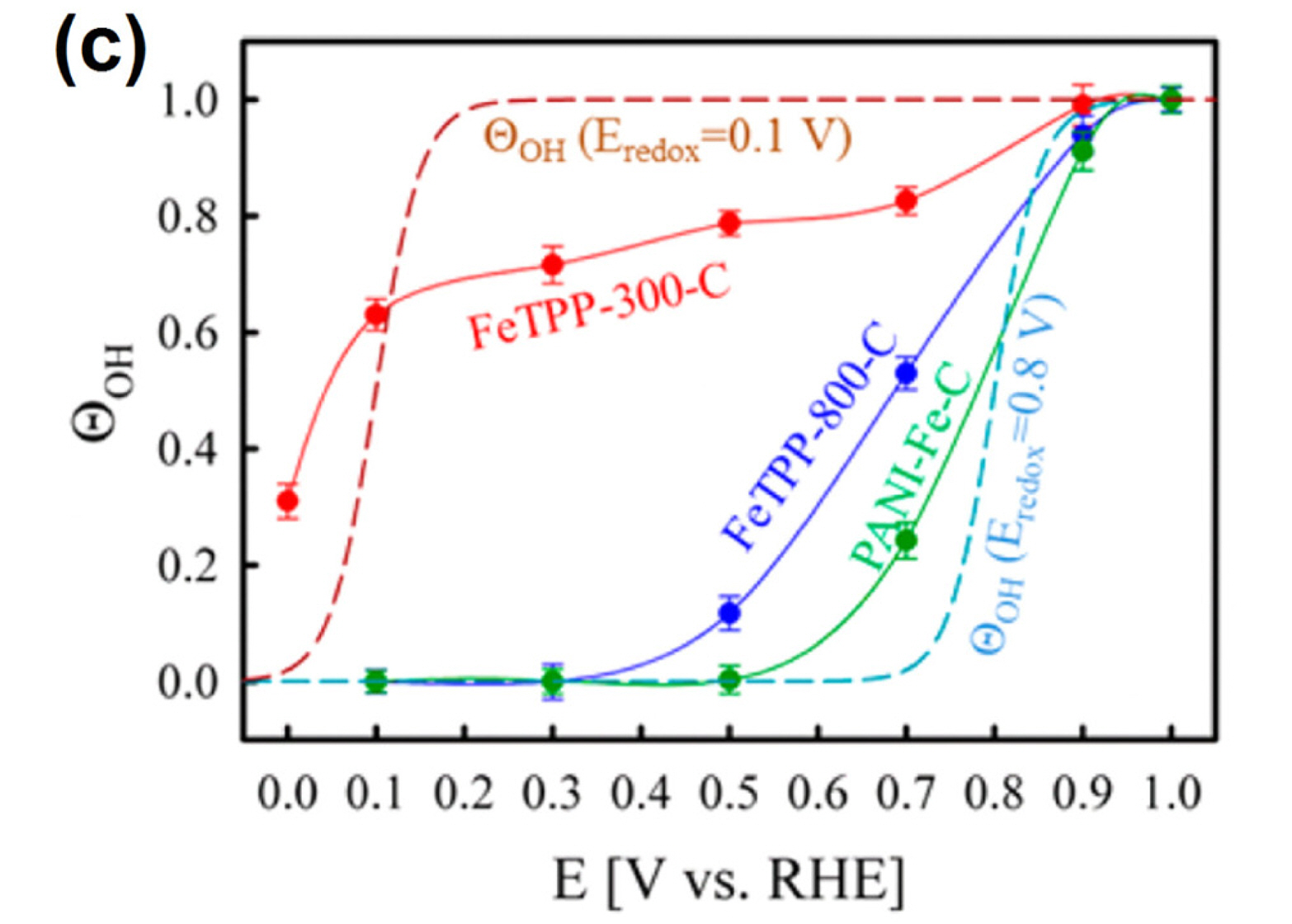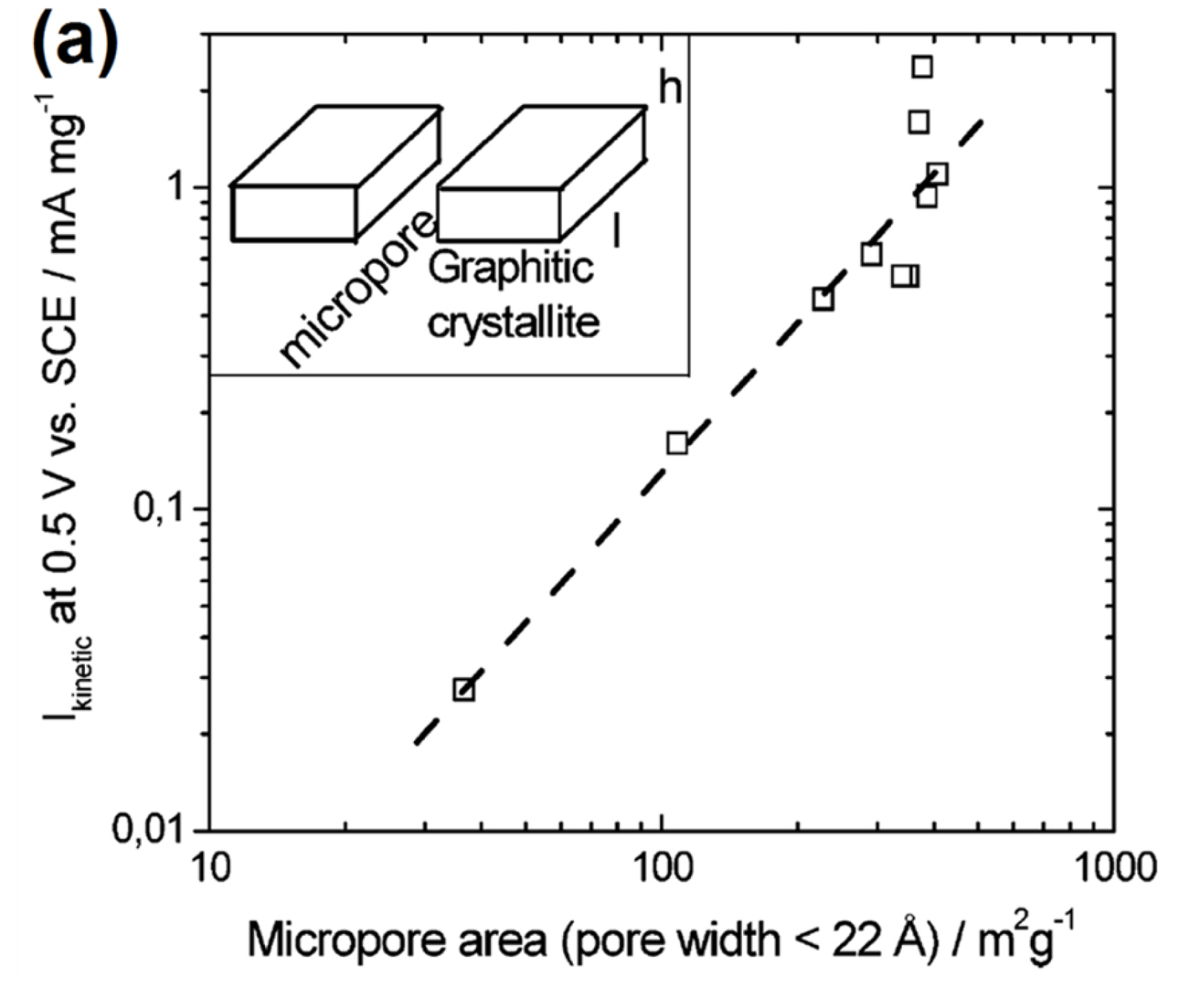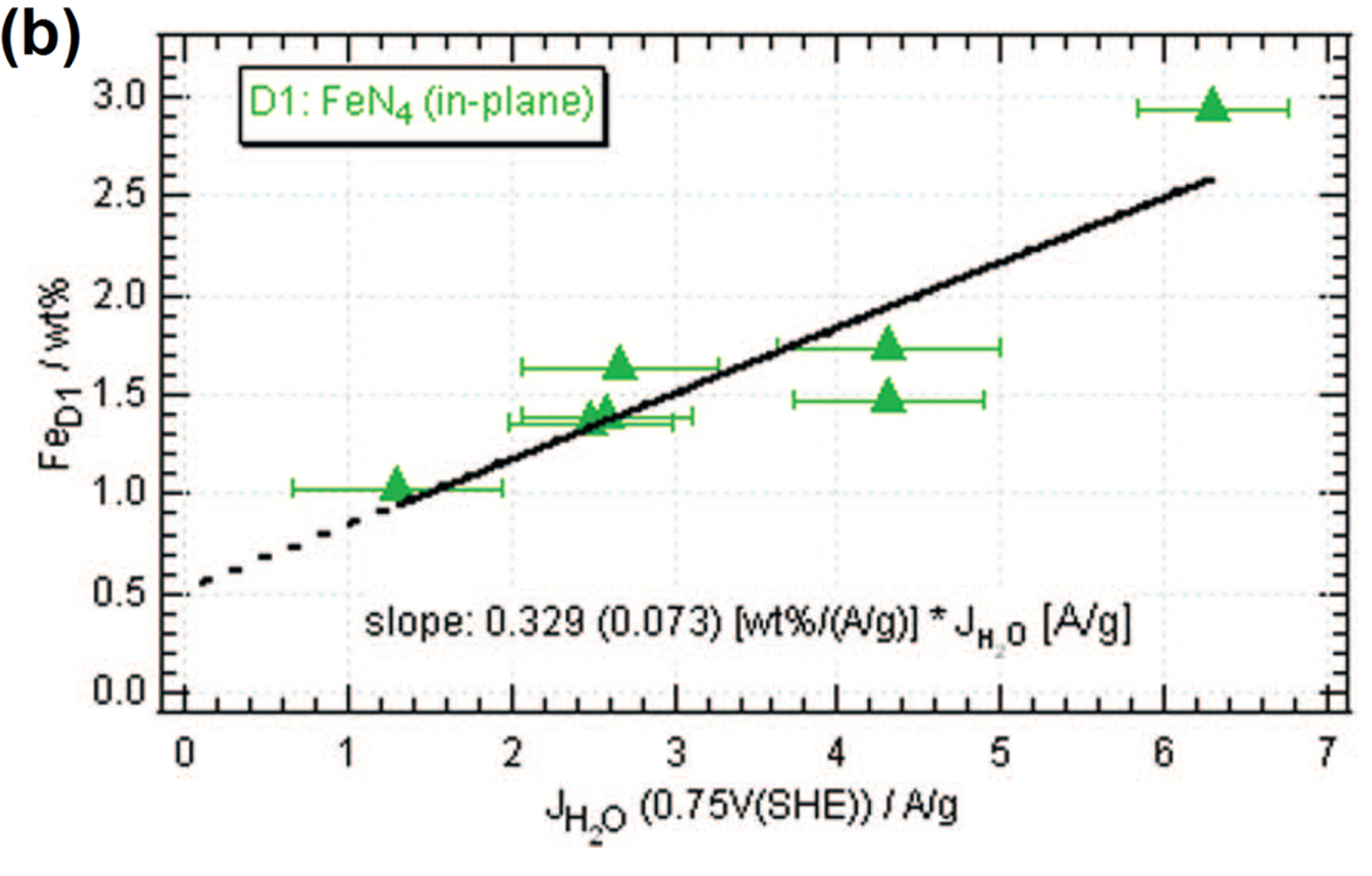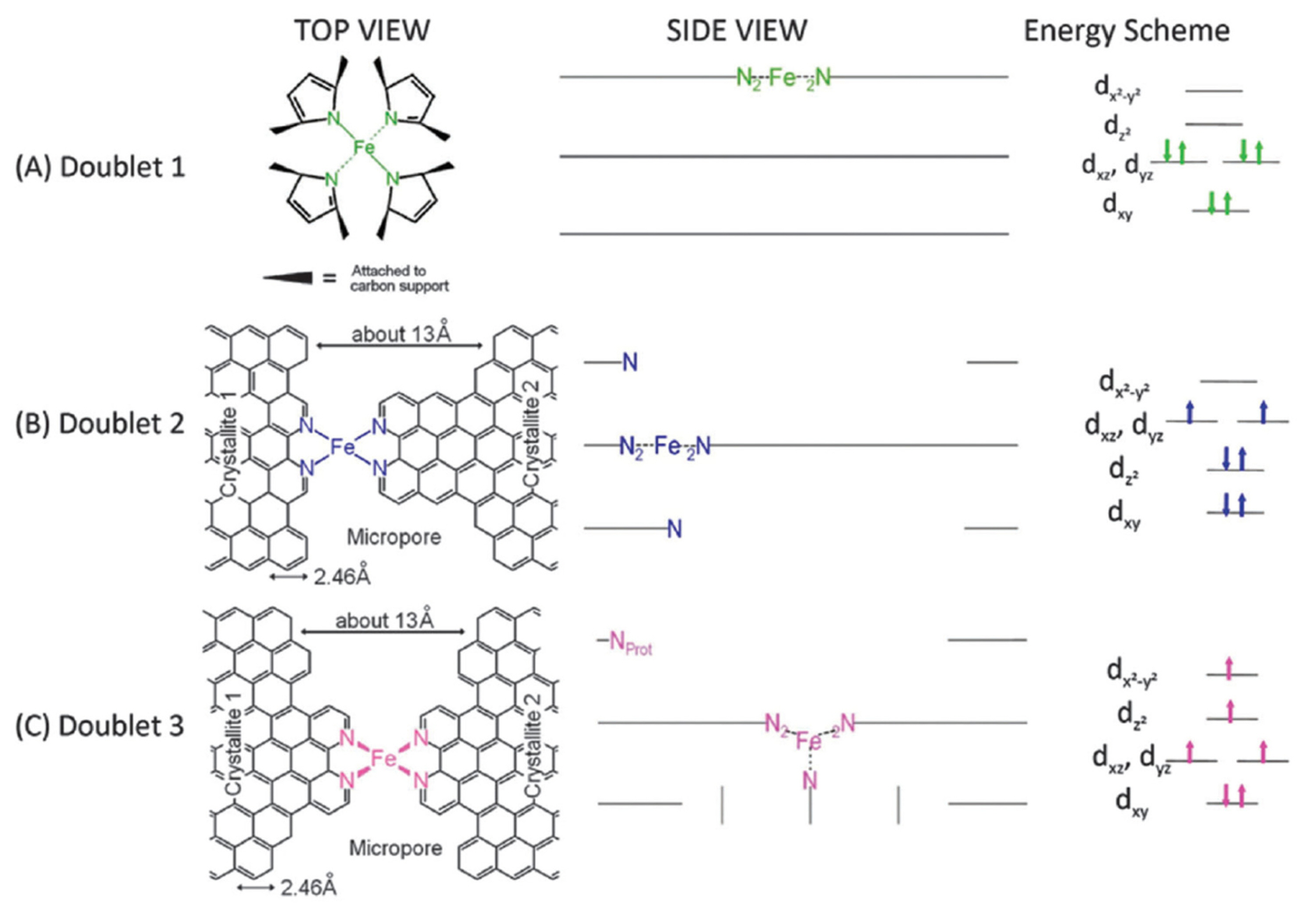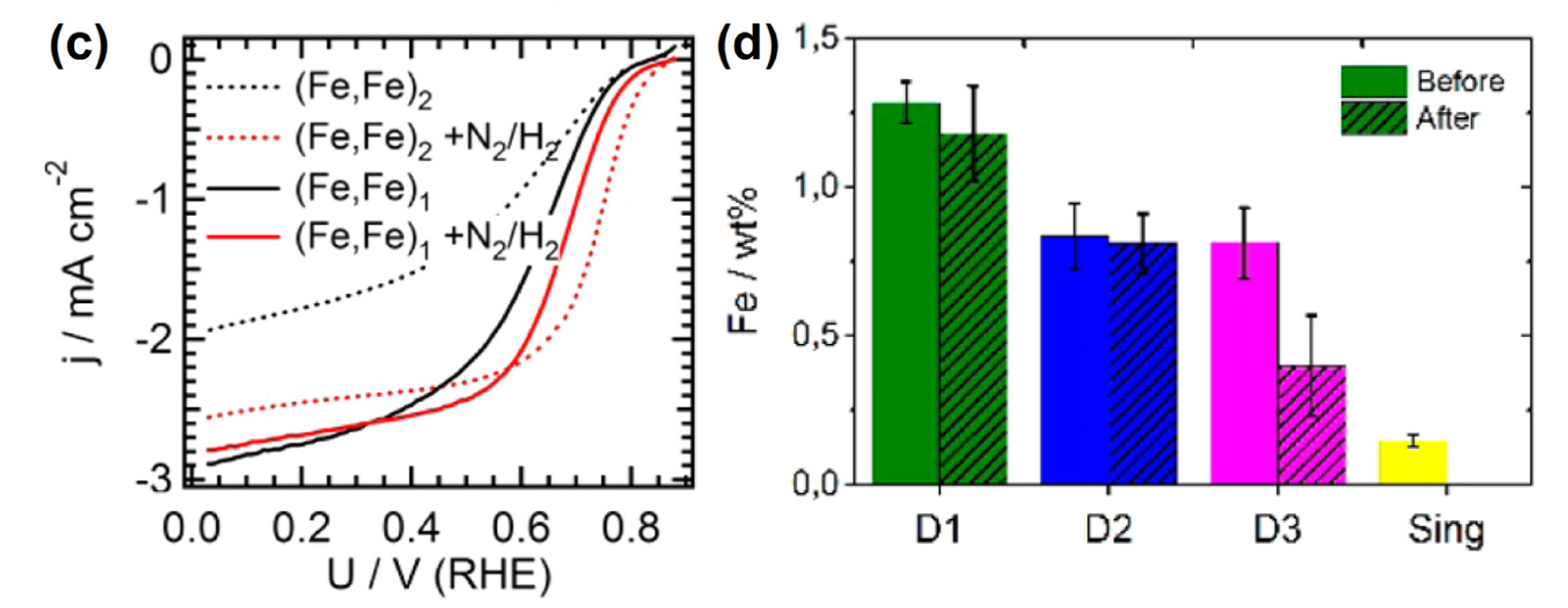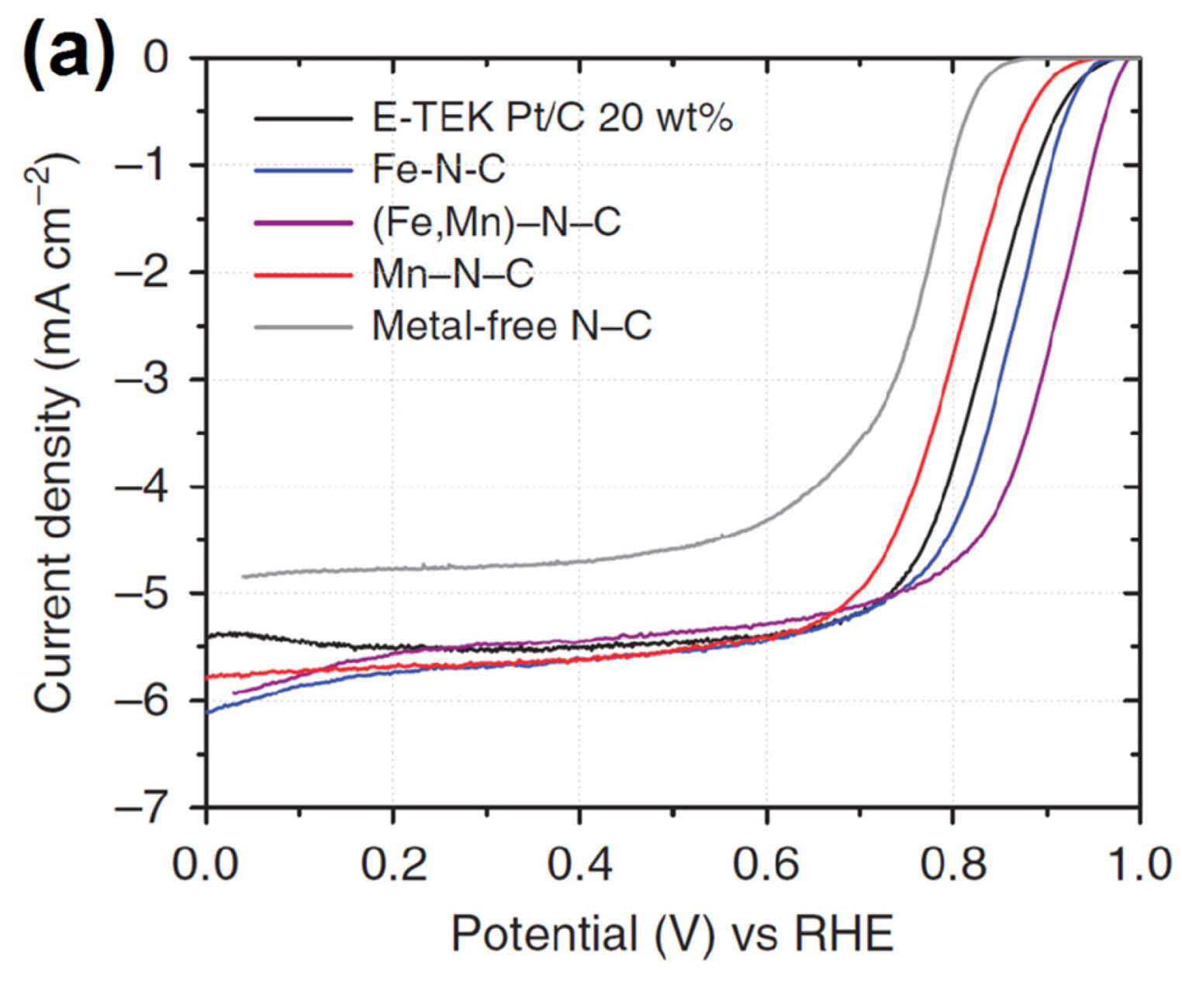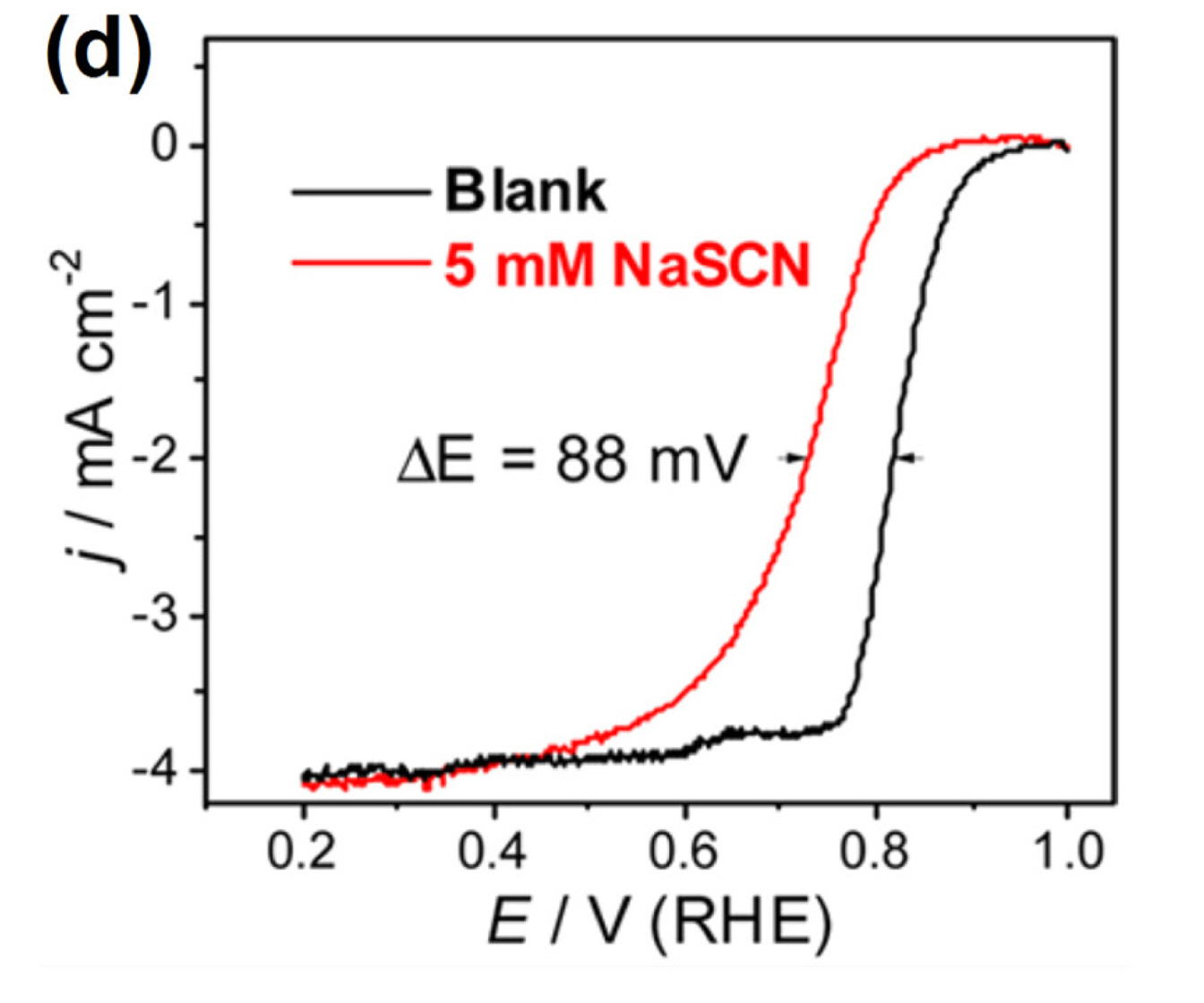[1] H. A. Gasteiger, S. S. Kocha, B. Sompalli and F. T. Wagner,
Appl. Catal. B: Environ.,
2005,
56(
1), 9–35.

[2] M. K. Debe,
Nature,
2012,
486(
7401), 43–51.

[3] M. Shao, Q. Chang, J.-P. Dolelet and R. Chenitz,
Chem. Rev.,
2016,
116(
6), 3594–3657.

[4] D. Banham and S. Ye,
ACS Energy Lett.,
2017,
2(
3), 629–638.

[5] K. Gong, F. Du, Z. Xia, M. Durstock and L. Dai,
Science,
2009,
323(
5915), 760–764.

[6] Y. Zheng, Y. Jiao, M. Jaroniec, Y. Jin and S. Z. Qiao,
Small,
2012,
8(
23), 3550–3566.

[7] D.-W. Wang and D. Su,
Energy Environ. Sci.,
2014,
7(
2), 576–591.

[8] Y. J. Sa, C. Park, H. Y. Jeong, S.-H. Park, Z. Lee, K. T. Kim, G.-G. Park and S. H. Joo,
Chem. Int. Ed.,
2014,
53(
16), 4102–4106.

[9] J. Y. Cheon, J. H. Kim, J. H. Kim, K. C. Goddeti, J. Y. Park and S. H. Joo,
J. Am. Chem. Soc.,
2014,
136(
25), 8875–8878.

[10] D. Guo, R. Shibuya, C. Akiba, S. Saji, T. Kondo and J. Nakamura,
Science,
2016,
351(
6271), 361–365.

[11] Y. Liang, Y. Li, H. Wang, J. Zhou, J. Wang, T. Regier and H. Dai,
Nat. Mater.,
2011,
10(
10), 780–786.

[12] J. Suntivich, H. A. Gasteiger, N. Yabuuchi, H. Nakanishi, J. B. Goodenough and Y. Shao-Horn,
Nat. Chem.,
2011,
3(
7), 546–550.

[13] Z.-S. Wu, S. Yang, Y. Sun, K. Parvez, X. Feng and K. Müllen,
J. Am. Chem. Soc.,
2012,
134(
22), 9082–9085.

[14] C. Li, X. Han, F. Cheng, Y. Hu, C. Chen and J. Chen,
Nat. Commun.,
2015,
6, 7345.

[15] B. Seo, Y. J. Sa, J. Woo, K. Kwon, J. Park, T. J. Shin, H.Y. Jeong and S. H. Joo,
ACS Catal.,
2016,
6(
7), 4347–4355.

[16] F. Jaouen, E. Proietti, M. Lefèvre, R. Chenitz, J.-P. Dodelet, G. Wu, H. T. Chung, C. M. Johnston and P. Zelenay,
Energy Environ. Sci.,
2011,
4(
1), 114–130.

[17] Z. Chen, D. Higgins, A. Yu, L. Zhang and J. Zhang,
Energy Environ. Sci.,
2011,
4(
9), 3167–3192.

[18] Q. Li, R. Cao, J. Cho and G. Wu,
Adv. Energy Mater.,
2014,
4(
6), 1301415.

[19] G. Wu and P. Zelenay,
Acc. Chem. Res.,
2013,
46(
8), 1878–1889.

[20] W. Xia, A. Mahmood, Z. Liang, R. Zou and S. Guo,
Angew. Chem. Int. Ed.,
2016,
55(
8), 2650–2676.

[21] Q. Jia, N. Ramaswamy, U. Tylus, K. Strickland, J. Li, A. Serov, K. Artyushkova, P. Atanassov, J. Anibal, C. Gumeci, S. C. Barton, M.-T. Sougrati, F. Jaouen, B. Halevi and S. Mukerjee,
Nano Energy,
2016,
29, 65–82.

[22] J. K. Dombrovskis and A. E. C. Palmqvist,
Fuel Cells,
2016,
16(
1), 4–22.

[23] M. Shen, C. Wei, K. Ai and L. Lu,
Nano Res.,
2017,
10(
5), 1449–1470.

[24] M. Lefèvre, E. Proietti, F. Jaouen and J.-P. Dodelet,
Science,
2009,
324(
5923), 71–74.

[25] F. Jaouen, J. Herranz, M. Lefèvre, J.-P. Dodelet, U. I. Kramm, I. Herrmann, P. Bogdanoff, J. Maruyama, T. Nagaoka, A. Garsuch, J. R. Dahn, T. Olson, S. Pylypenko, P. Atanassov and E. A. Ustinov,
ACS Appl. Mater. Interfaces,
2009,
1(
8), 1623–1639.

[26] G. Wu, K. L. More, C. M. Johnston and P. Zelenay,
Science,
2011,
332(
6028), 443–447.

[27] E. Proietti, F. Jaouen, M. Lefèvre, N. Larouche, J. Tian, J. Herranz and J.-P. Dodelet,
Nat. Commun.,
2011,
2, 416.

[28] D. Zhao, J.-L. Shui, C. Chen, X. Chen, B. M. Reprogle, D. Wang and D.-J. Liu,
Chem. Sci.,
2012,
3(
11), 3200–3205.

[29] H.-W. Liang, W. Wei, Z.-S. Wu, X. Feng and K. Müllen,
J. Am. Chem. Soc.,
2013,
135(
43), 16002–16005.

[30] J. Y. Cheon, T. Kim, Y. Choi, H. Y. Jeong, M. G. Kim, Y. J. Sa, J. Kim, Z. Lee, T.-H. Yang, K. Kwon, O. Terasaki, G.-G. Park, R. R. Adzic and S. H. Joo,
Sci. Rep.,
2013,
3, 2715.

[31] H. T. Chung, J. H. Won and P. Zelenay,
Nat. Commun.,
2013,
4, 1922.

[32] A. Serov, K. Artyushkova and P. Atanassov,
Adv. Energy Mater.,
2014,
4(
10), 1301735.

[33] I. Hijazi, T. Bourgeteau, R. Cornut, A. Morozan, A. Filoramo, J. Leroy, V. Derycke, B. Jousselme and S. Campidelli,
J. Am. Chem. Soc.,
2014,
136(
17), 6348–6354.

[34] Y. Zhu, B. Zhang, X. Liu, D.-W. Wang and D. S. Su,
Angew. Chem. Int. Ed.,
2014,
53(
40), 10673–10677.

[35] P.-J. Wei, G.-Q. Yu, Y. Naruta and J.-G. Liu,
Angew.Chem. Int. Ed.,
2014,
53(
26), 6659–6663.

[36] J. Shui, C. Chen, L. Grabstanowicz, D. Zhao and D.-J. Liu,
Proc. Natl. Acad. Sci.,
2015,
112(
34), 10629–10634.

[37] K. Strickland, E. Miner, Q. Jia, U. Tylus, N. Ramaswamy, W. Liang, M.-T. Sougrati, F. Jaouen and S. Mukerjee,
Nat. Commun.,
2015,
6, 7343.

[38] J. Han, Y. J. Sa, Y. Shim, M. Choi, N. Park, S. H. Joo and S. Park,
Angew. Chem. Int. Ed.,
2015,
54(
43), 12622–12626.

[39] J. Y. Cheon, K. Kim, Y. J. Sa, S. H. Sahgong, Y. Hong, J. Woo, S.-D. Yim, H. Y. Jeong, Y. Kim and S. H. Joo,
Adv. Energy Mater.,
2016,
6(
7), 1501794.

[40] J. Li, S. Ghoshal, W. Liang, M.-T. Sougrati, F. Jaouen, B. Halevi, S. McKinney, G. McCool, C. Ma, X. Yuan, Z.-F. Ma, S. Mukerjee and Q. Yia,
Energy Environ. Sci.,
2016,
9(
7), 2418–2432.

[41] R. Jasinski,
Nature,
1964,
201(
4925), 1212–1213.

[42] A. Kozawa, V. E. Zilionis and R. J. Brodd,
J. Electrochem. Soc.,
1970,
117(
12), 1470–1474.

[43] J.-P. Randin,
Electrochim. Acta,
1974,
19(
2), 83–85.

[44] H. Jahnke, M. Schönborn and G. Zimmermann, Top. Curr. Chem., 1976, 61, 133–181.
[45] S. Gupta, D. Tryk, I. Bae, W. Aldred and E. Yeager,
J. Appl. Electrochem.,
1989,
19(
1), 19–27.

[46] U. I. Koslowski, I. Abs-Wurmbach, S. Flechter and P. Bogdanoff,
J. Phys. Chem. C,
2008,
112(
39), 15356–15366.

[47] U. I. Kramm, J. Herranz, N. Larouche, T. M. Arruda, M. Lefèvre, F. Jaouen, P. Bogdanoff, S. Fiechter, I. Abs-Wurmbach, S. Mukerjee and J.-P. Dodelet,
Phys. Chem. Phys. Chem.,
2012,
14(
33), 11673–11688.

[48] D. Deng, L. Yu, X. Chen, G. Wang, L. Jin, X. Pan, J. Deng, G. Sun and X. Bao,
Angew. Chem. Int. Ed.,
2013,
52(
1), 371–375.

[49] Y. Hu, J. O. Jensen, W. Zhang, L. N. Cleemann, W. Xing, N. J. Bjerrum and Q. Li,
Angew. Chem. Int. Ed.,
2014,
53(
14), 3675–3679.

[50] M. Lefèvre, J.-P. Dodelet and P. Bertrand,
J. Phys. Chem. B,
2002,
106(
34), 8705–8713.

[51] W. Li, J. Wu, D. C. Higgins, J.-Y. Choi and Z. Chen,
ACS Catal.,
2012,
2(
12), 2761–2768.

[52] K. Artyushkova, A. Serov, S. Rojas-Carbonell and P. Atanassov,
J. Phys. Chem. C,
2015,
119(
46), 25917–25928.

[53] K. Artyushkova, B. Kiefer, B. Halevi, A. Knop-Geriche, R. Schlogl and P. Atanassov,
Chem. Commun.,
2013,
49(
25), 2539–2541.

[54] A. Zitolo, V. Goellner, V. Armel, M.-T. Sourgrati, T. Mineva, L. Stievano, E. Fonda and F. Jaouen,
Nat. Mater.,
2015,
14(
9), 937–942.

[55] U. Tylus, Q. Jia, K. Strickland, N. Ramaswamy, A. Serov, P. Atanassov and S. Mukerjee,
J. Phys. Chem. C,
2014,
118(
17), 8999–9008.

[56] H. Schulenburg, S. Stankov, V. Schünemann, J. Radnik, I. Dorbandt, S. Fiechter, P. Bogdanoff and H. Tributsch,
J. Phys. Chem. B,
2003,
107(
34), 9034–9041.

[57] Y. Li, W. Zhou, H. Wang, L. Xie, Y. Liang, F. Wei, J.-C. Idrobo, S. J. Pennycook and H. Dai,
Nat. Nanotechnol.,
2012,
7(
6), 394–400.

[58] Q. Jia, N. Ramaswamy, H. Hafiz, U. Tylus, K. Strickland, G. Wu, B. Barbiellini, A. Bansil, E. F. Holby, P. Zelenay and S. Mukerjee,
ACS Nano,
2015,
9(
12), 12496–12505.

[59] Q. Wang, Z.-Y. Zhou, Y.-J. Lai, Y. You, J.-G. Liu, X.-L. Wu, E. Terefe, C. Chen, L. Song, M. Rauf, N. Tian and S.-G. Sun,
J. Am. Chem. Soc.,
2014,
136(
31), 10882–10885.

[60] J. L. Oberst, M. S. Thorum and A. A. Gewirth,
J. Phys. Chem. C,
2012,
116(
48), 25257–25261.

[61] D. Singh, K. Mamtani, C. R. Bruening, J. T. Miller and U. S. Ozkan,
ACS Catal.,
2014,
4(
10), 3454–3462.

[62] N. R. Sahraie, U. I. Kramm, J. Steinberg, Y. Zhang, A. Thomas, T. Reier, J.-P. Paraknowitsch and P. Strasser,
Nat. Commun.,
2015,
6, 8618.

[63] D. Maiko, A. Kucernak and T. Lopes,
Nat. Commun.,
2016,
7, 13285.

[64] F. Jaouen, M. Lefèvre, J.-P. Dodelet and M. Cai,
J. Phys. Chem. B,
2006,
110(
11), 5553–5558.

[65] F. Jaouen and J.-P. Dodelet,
Electrochim. Acta,
2007,
52(
19), 5975–5984.

[66] U. I. Kramm, I. Herrmann-Geppert, J. Behrends, K. Lips, S. Fiechter and P. Bogdanoff,
J. Am. Chem. Soc.,
2016,
138(
2), 635–640.

[67] U. I. Kramm, M. Lefèvre, N. Larouche, D. Schmeisser and J.-P. Dodelet,
J. Am. Chem. Soc.,
2014,
136(
3), 978–985.

[68] Y. J. Sa, D.-J. Seo, J. Woo, J. T. Lim, J. Y. Cheon, S. Y. Yangm, J. M. Lee, D. Kang, T. J. Shin, H. S. Shin, H. Y. Jeong, C. S. Kim, M. G. Kim, T.-Y. Kim and S. H. Joo,
J. Am. Chem. Soc.,
2016,
138(
45), 15046–15056.

[69] U. I. Kramm, I. Herrmann-Geppert, S. Fiechter, G. Zehl, I. Zizak, I. Dorbandt, D. Schmeißer and P. Bogdanoff,
J. Mater. Chem. A,
2014,
2(
8), 2663–2670.

[70] Y.-C. Wang, Y.-J. Lai, L. Song, Z.-Y. Zhou, J.-G. Liu, Q. Wang, X.-D. Yang, C. Chen, W. Shi, Y.-P. Zheng, M. Rauf and S.-G. Sun,
Angew. Chem. Int. Ed.,
2015,
54(
34), 9907–9910.

[71] M. Ferrandon, A. J. Kropf, D. J. Myers, K. Artyushkova, U. Kramm, P. Bogdanoff, G. Wu, C. M. Johnston and P. Zelenay,
J. Phys. Chem. C,
2012,
116(
30), 16001–16013.

[72] S. Ferguson-Miller and G. T. Babcock,
Chem. Rev.,
1996,
96(
7), 2889–2908.

[73] T. Tsukihara, H. Aoyama, E. Yamashita, T. Tomizaki, H. Yamaguchi, K. Shinzawa-Itoh, R. Nakashima, R. Yaono and S. Yoshikawa,
Science,
1995,
269(
5227), 1069.

[74] J. P. Collman, N. K. Devaraj, R. A. Decrèau, Y. Yang, Y.-L. Yan, W. Ebina, T. A. Eberspacher and C. E. D. Chidsey,
Science,
2007,
315(
5818), 1565–1568.

[75] S. Mukherjee, A. Mukherjee, A. Bhagi-Damodaran, M. Mukherjee, Y. Lu and A. Dey,
Nat. Commun.,
2015,
6, 8467.

[76] A. Bhagi-Damodaran, M. A. Michael, Q. Zhu, J. Reed, B. A. Sandoval, E. N. Mirts, S. Chakraborty, P. Moënne-Loccoz, Y. Zhang and Y. Lu,
Nat. Chem.,
2017,
9(
3), 257–263.


[77] H. Tributsch, U. I. Koslowski and I. Dorbandt,
Electrochim. Acta,
2008,
53(
5), 2198–2209.

[78] A. Serov, M. H. Robson, M. Smolnik and P. Atanassov,
Electrochim. Acta,
2012,
80, 213–218.

[79] J. P. Collman, P. Denisevich, Y. Konai, M. Marrocco, C. Koval and F. C. Anson,
J. Am. Chem. Soc.,
1980,
102(
19), 6027–6036.

[80] J.-P. Dodelet, R. Chenitz, L. Yang and M. Lefèvre,
ChemCatChem,
2014,
6(
7), 1866–1867.

[81] M. Xiao, J. Zhu, L. Feng, C. Liu and W. Xing,
Adv. Mater.,
2015,
27(
15), 2521–2527.

[82] J. A. Varnell, E. C. M. Tse, C. E. Schulz, T. T. Fister, R. T. Haasch, J. Timoshenko, A. I. Frenkel and A. A. Gewirth,
Nat. Commun.,
2016,
7, 12582.

[83] J.-S. Lee, G. S. Park, S. T. Kim, M. Liu and J. Cho,
Angew. Chem. Int. Ed.,
2013,
52(
3), 1026–1030.

[84] Z.-Y. Wu, X.-X. Xu, B.-C. Hu, H.-W. Liang, Y. Lin, L.-F. Chen and S.-H. Yu,
Angew. Chem. Int. Ed.,
2015,
54(
28), 8179–8183.

[85] J. Wei, Y. Liang, Y. Hu, B. Kong, G. P. Simon, J. Zhang, S. P. Jiang and H. Wang,
Angew. Chem. Int. Ed.,
2016,
55(
4), 1355–1359.

[86] W.-J. Jiang, L. Gu, L. Li, Y. Zhang, X. Zhang, L.-J. Zhang, J.-Q. Wang, J.-S. Hu, Z. Wei and L.-J. Wan,
J. Am. Chem. Soc.,
2016,
138(
10), 3570–3578.

[87] J. H. Kim, Y. J. Sa, H. Y. Jeong and S. H. Joo,
ACS Appl. Mater. Interfaces,
2017,
9(
11), 9567–9575.


